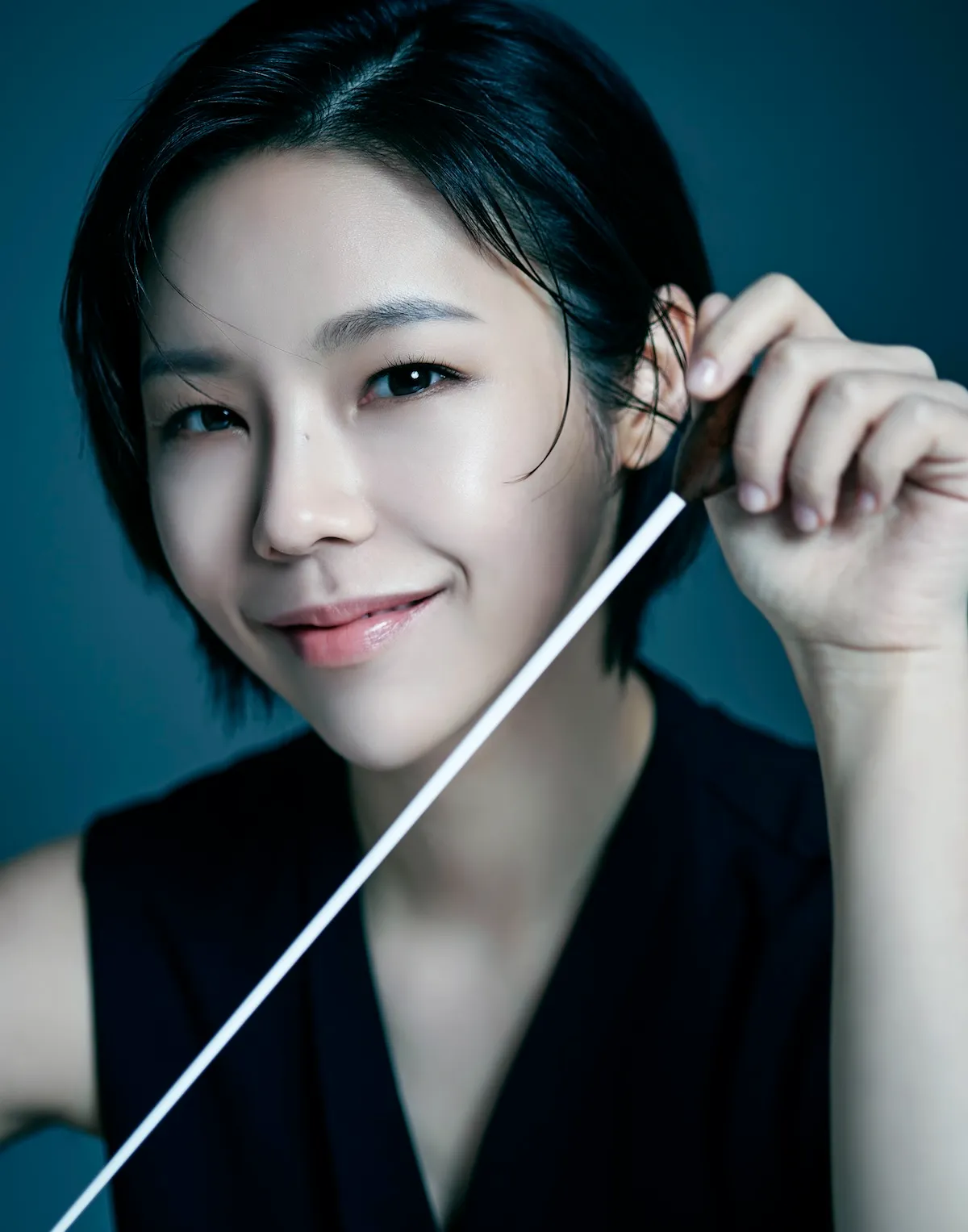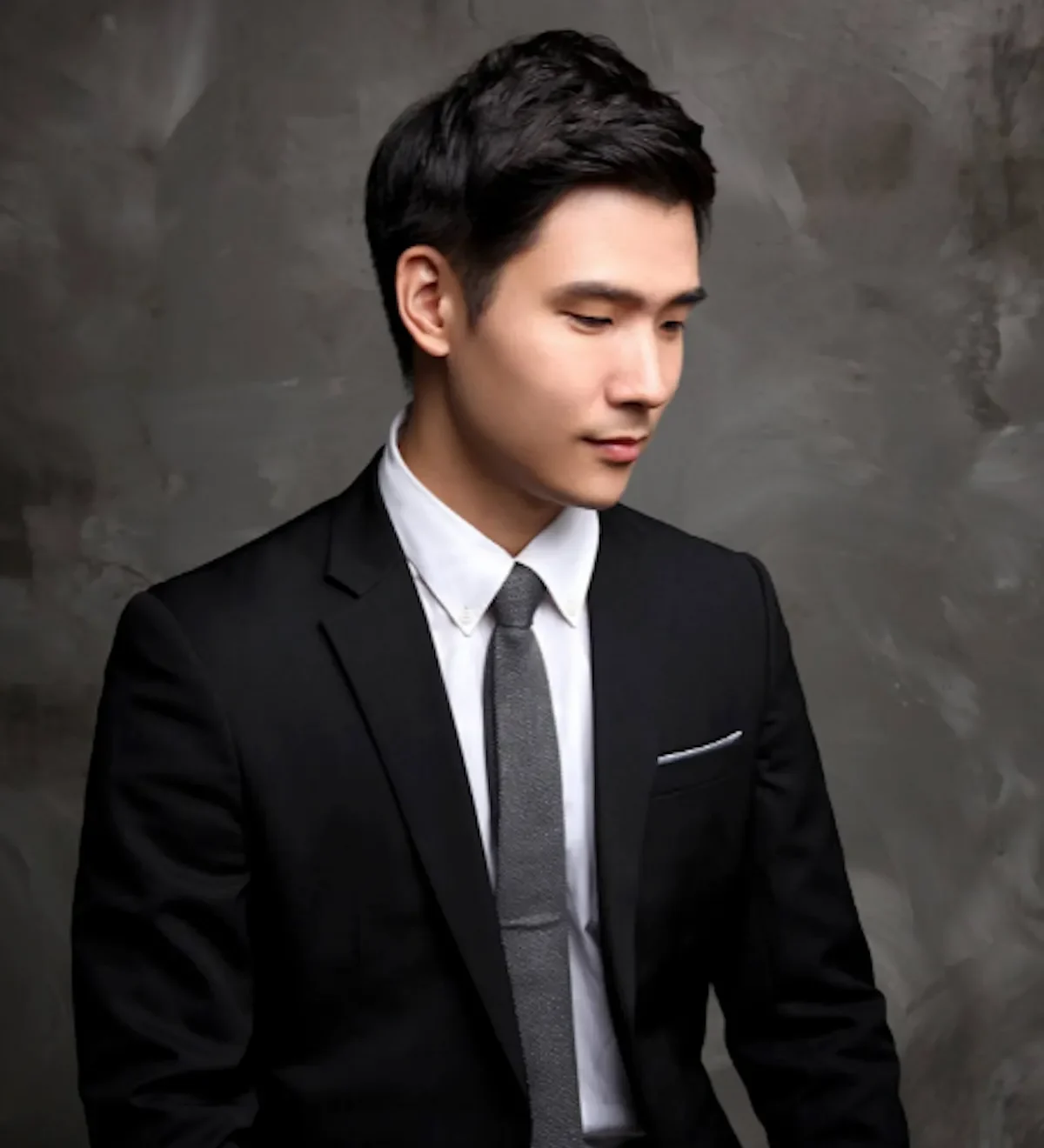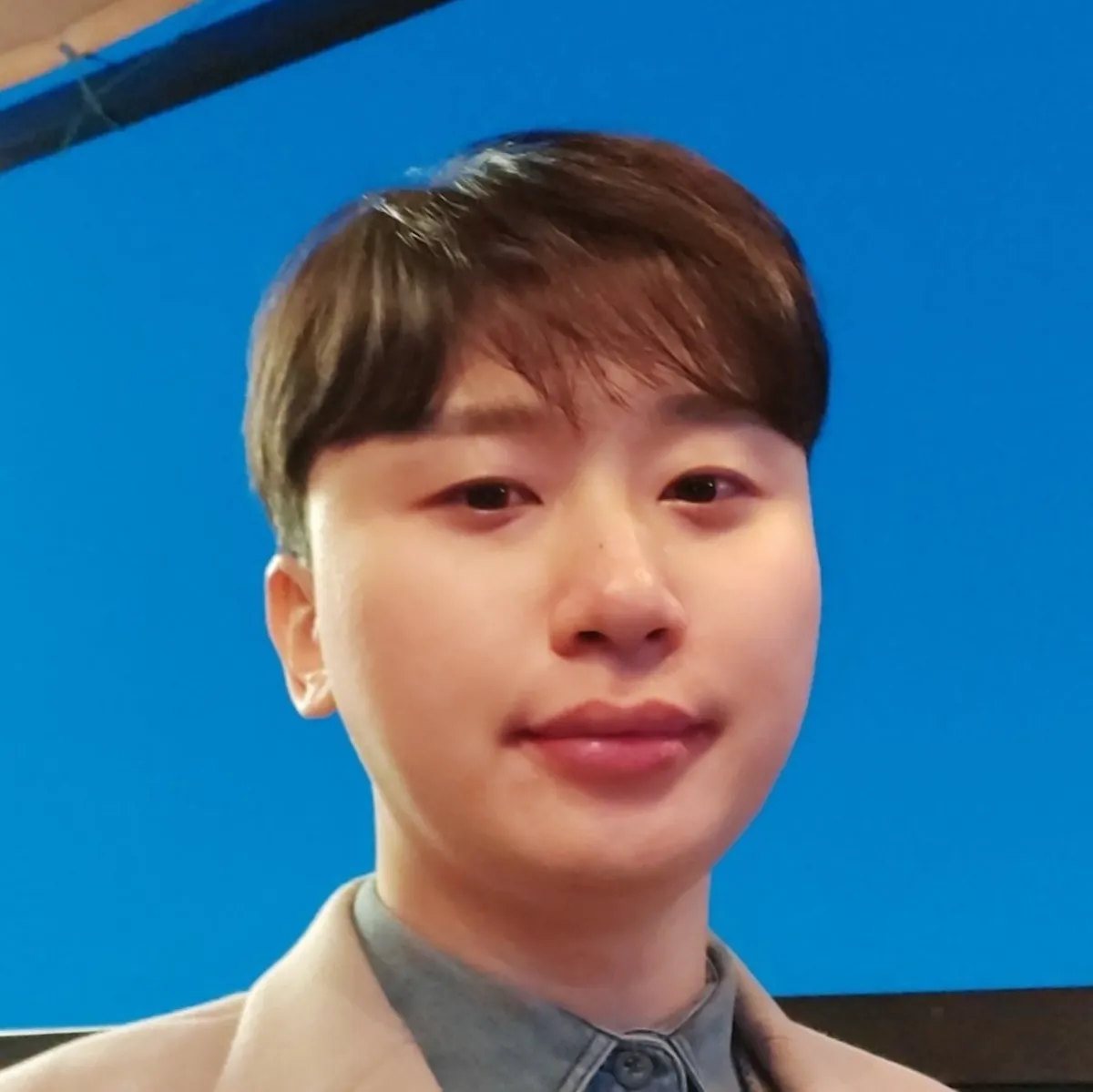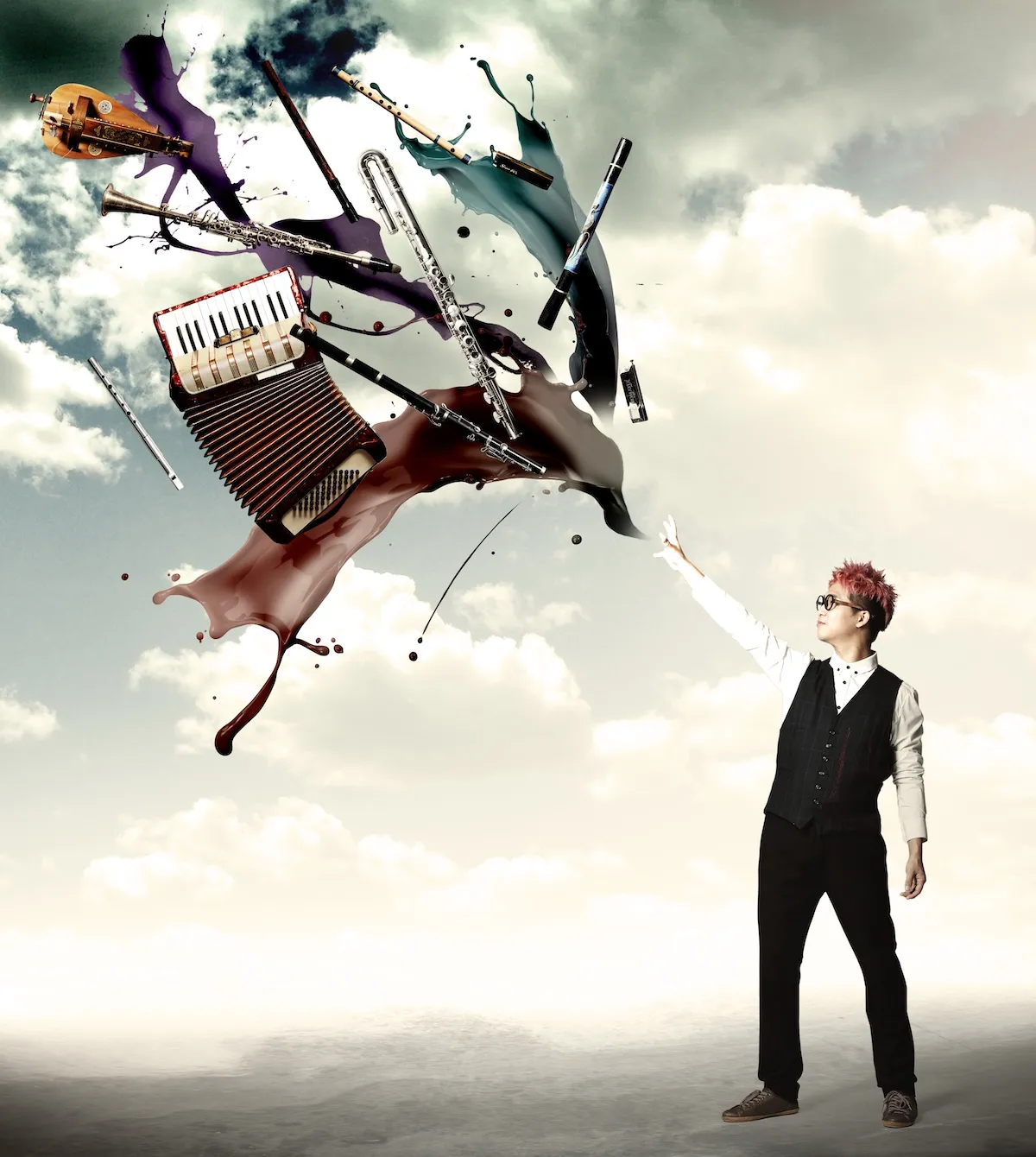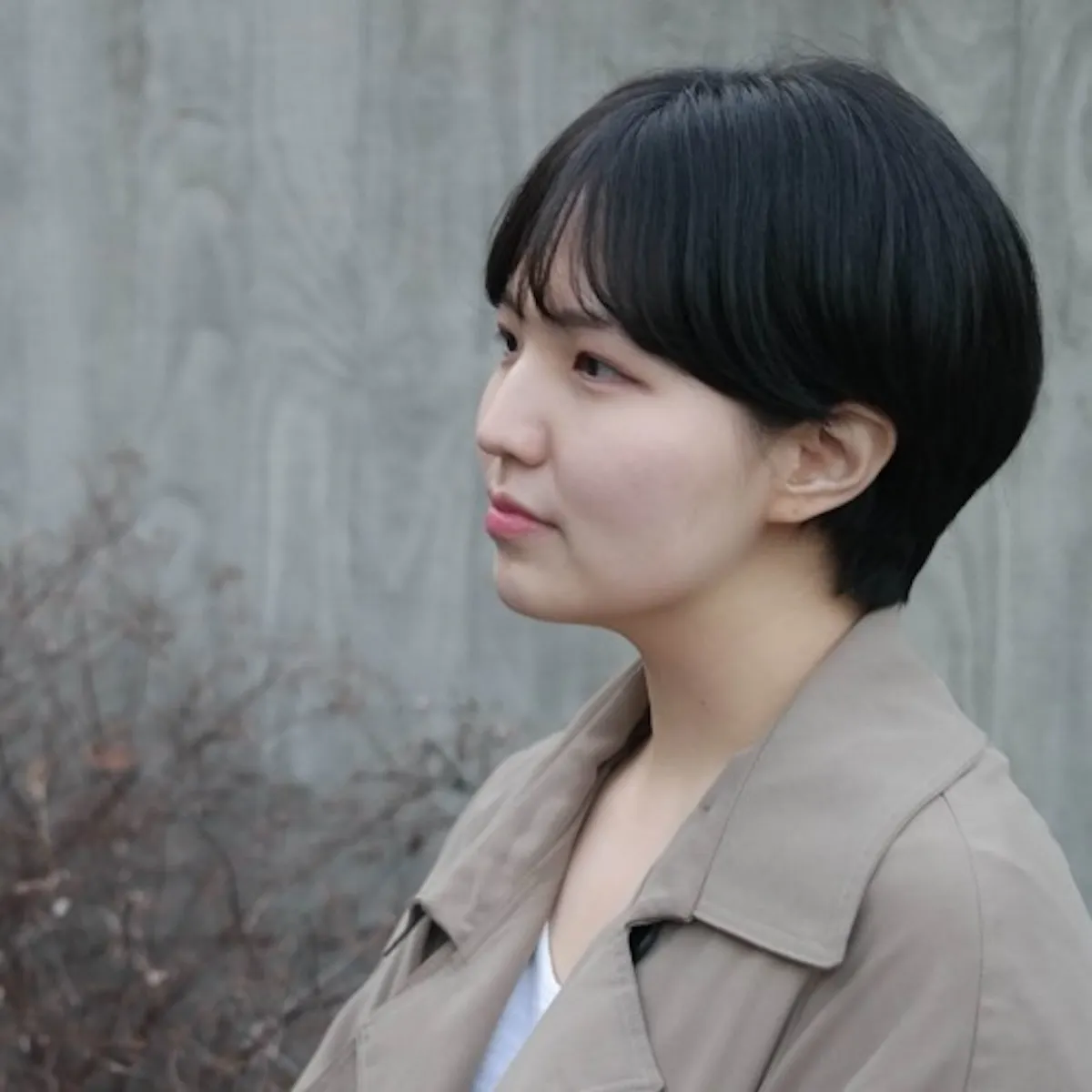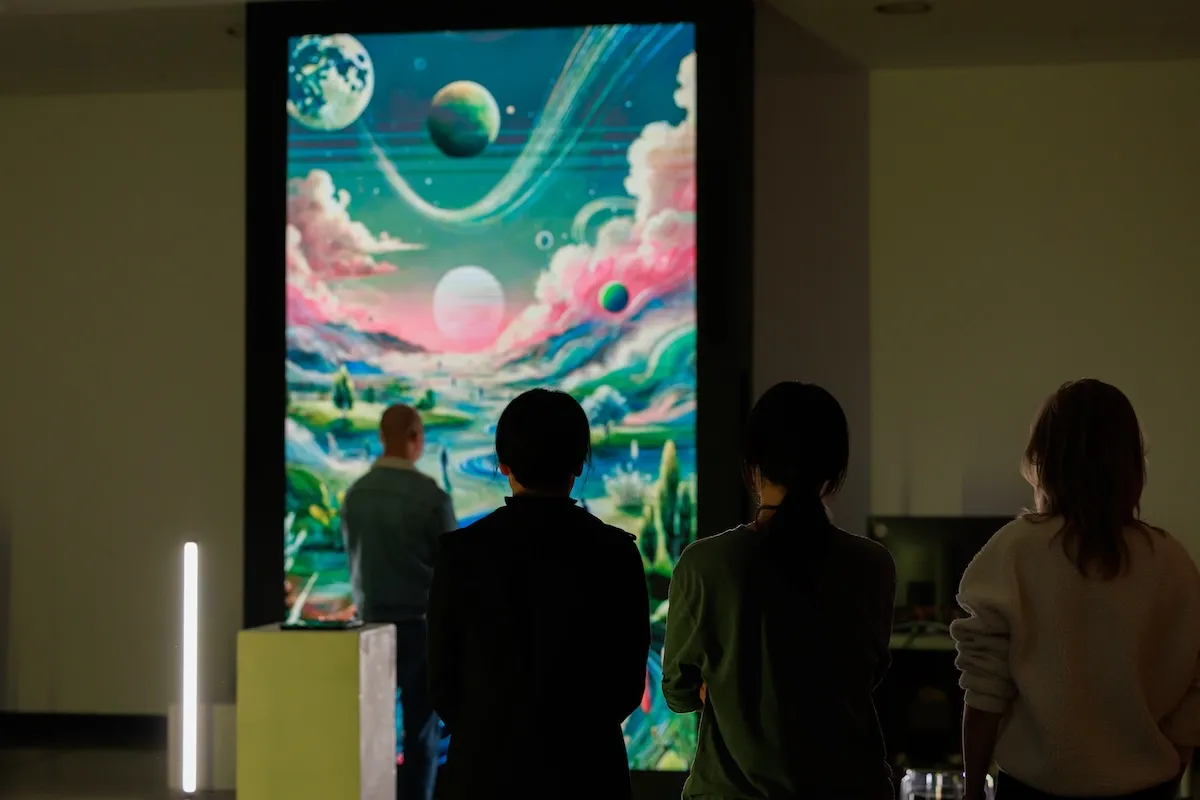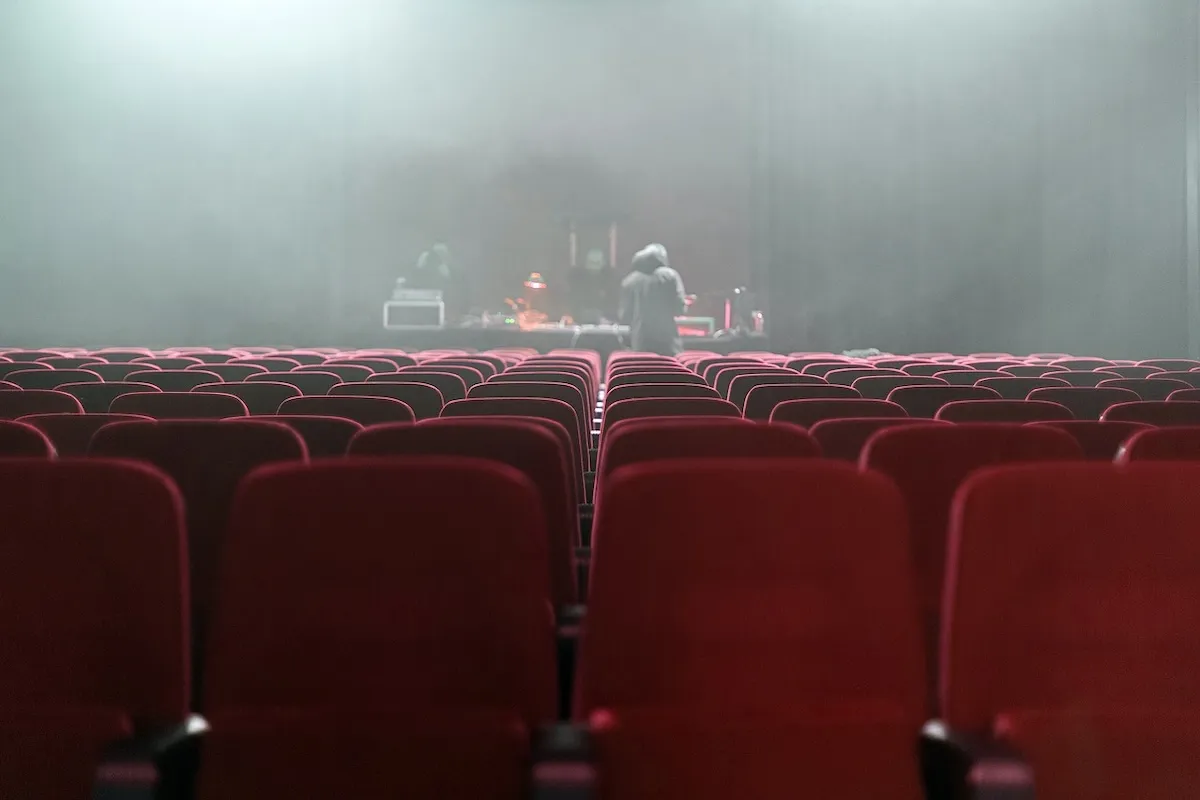| [Issue]introduces the future direction of art education that the Art Collider Lab (hereinafter referred to as AC Lab) at the Convergence Arts Center seeks to pursue through the educational programs it has planned and operated. |
“It may have been a small experiment, but it was meaningful. We were able to confirm intriguing possibilities, and I hope this will pave the way for greater artistic fusion within the classical music field.”(Soon-Young Jeong, Researcher of Art Collider Lab at the Center for Convergent Arts, Korea National University of Arts)
In November of last year, Korea National University of Arts(K-Arts)’ School of Music hosted a three-week pilot workshop titled ‘Understanding the Game Music Industry and Recording Content Production’. It was a bold attempt to explore new vitality in music as pure art. This initiative was born from the intersection of educators’ desire to push the boundaries of artistic creativity and expansion, and students’ aspirations for a more practical, forward-thinking education. Soon-Young Jeong, a researcher of Art Collider Lab at K-Arts’ Center for Convergent Arts and one of the workshop’s lead organizers, explains: “Classical music, by nature, tends to look to the past, making digital transformation and fusion difficult. However, game music serves as a compelling intermediary that connects pure art with popular culture. Through it, we sought to explore transformation, convergence, and the challenges of future education.”

Working on the recording at the ‘Understanding the Game Music Industry and Recording Content Production’
| The Unique Value of Game Music—Somewhere Between Art and Culture
The Understanding the Game Music Industry and Recording Content Production workshop was part of a larger effort to experiment with creative and innovative arts education. But why game music? The answer lies in the multifaceted nature of the medium.
One of its defining features is the coexistence of commercial and artistic value. The global gaming industry is now widely recognized as the pinnacle of modern entertainment, surpassing the combined size of the film and music industries, growing at an annual rate of over 10%. Within this massive field, music plays a crucial role in immersion and interactivity. Though often considered part of the commercial sphere, game music is increasingly recognized as an independent art form. Game soundtracks attract devoted fan bases through concert tours and album releases, while constantly pushing artistic boundaries through experimental approaches.
Game music also acts as a bridge between tradition and the future. Many game composers incorporate classical music structures and techniques, frequently employing full orchestras in their scores. At the same time, they embrace cutting-edge technologies such as AI, the metaverse, big data, and VR/AR to enhance experimental soundscapes. The idea that classical music, crafted with meticulous artistry, can captivate the young and tech-savvy gaming audience speaks to the genre’s power to unite past and future.
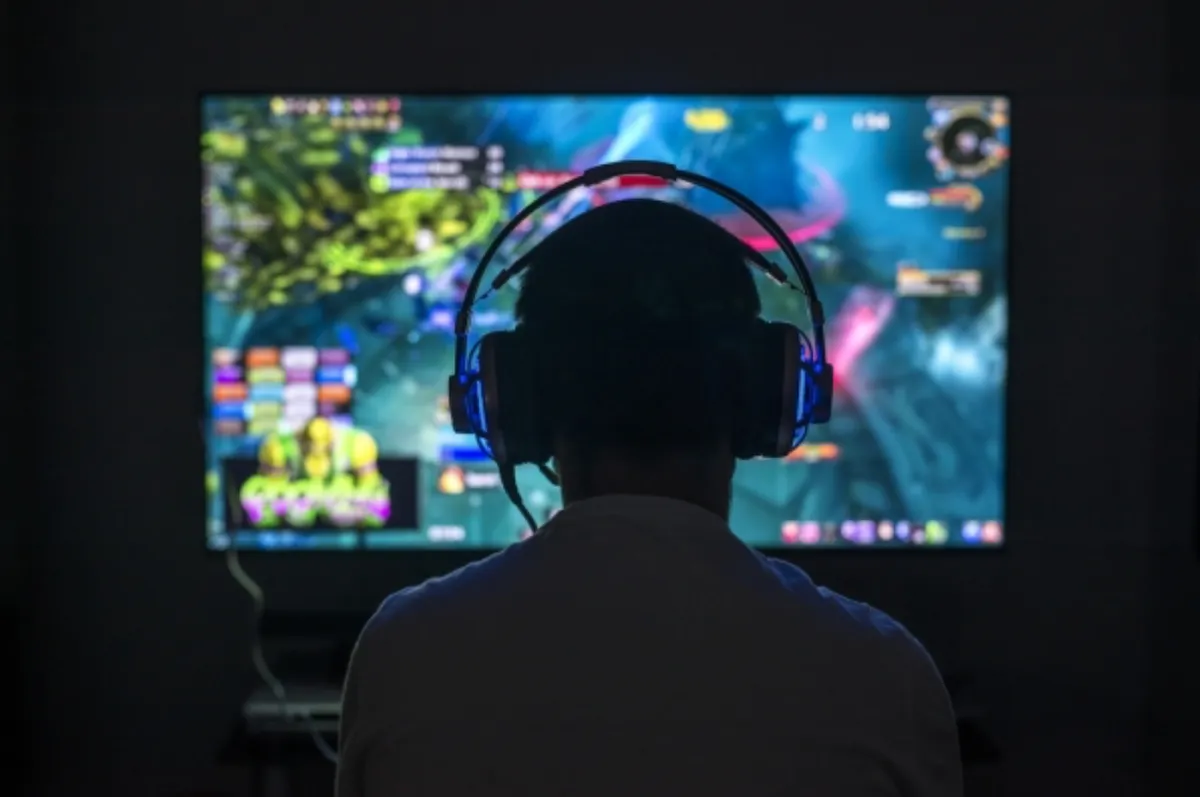
Game music is already recognized as an original art form.
If the value of game music had to be summarized in one word, it would be ‘fusion’. It seamlessly integrates elements from art, culture, literature, technology, and society, while also uniting audiences across different backgrounds. Recognizing its potential as a model for cross-disciplinary learning, K-Arts’ Connected Campus project (in collaboration with the School of Music) boldly embraced game music as a tool for rethinking arts education.
| The Ultimate Mentors—Artists Who “Know Their Games”
A key highlight of the Understanding the Game Music Industry and Recording Content Production workshop was its lineup of esteemed instructors—artists who have bridged both the gaming and music worlds. These experts provided essential insights into the game music industry and its creative processes.
The first week focused on understanding the gaming industry itself. Kicking off the program was Yea-Kun Yoo, CEO of YK Music, an award-winning composer and producer who has worked across games, animation, commercials, film, and drama soundtracks. He was followed by conductor Sol Chin, a maestro known for seamlessly transitioning between classical and contemporary music. As the head of FLASIC—Korea’s first dedicated game music platform—Chin is widely recognized as a leading expert in the field. Rounding out the first week was Ji-Yoon Kim, Audio Director at Pearl Abyss, a company renowned for its game sound design. In 2023, Kim became the first game music producer to be invited by Korea’s National Gugak Center, in recognition of his groundbreaking work incorporating traditional Korean nongak(farmer’s music) into exhilarating game soundtracks.
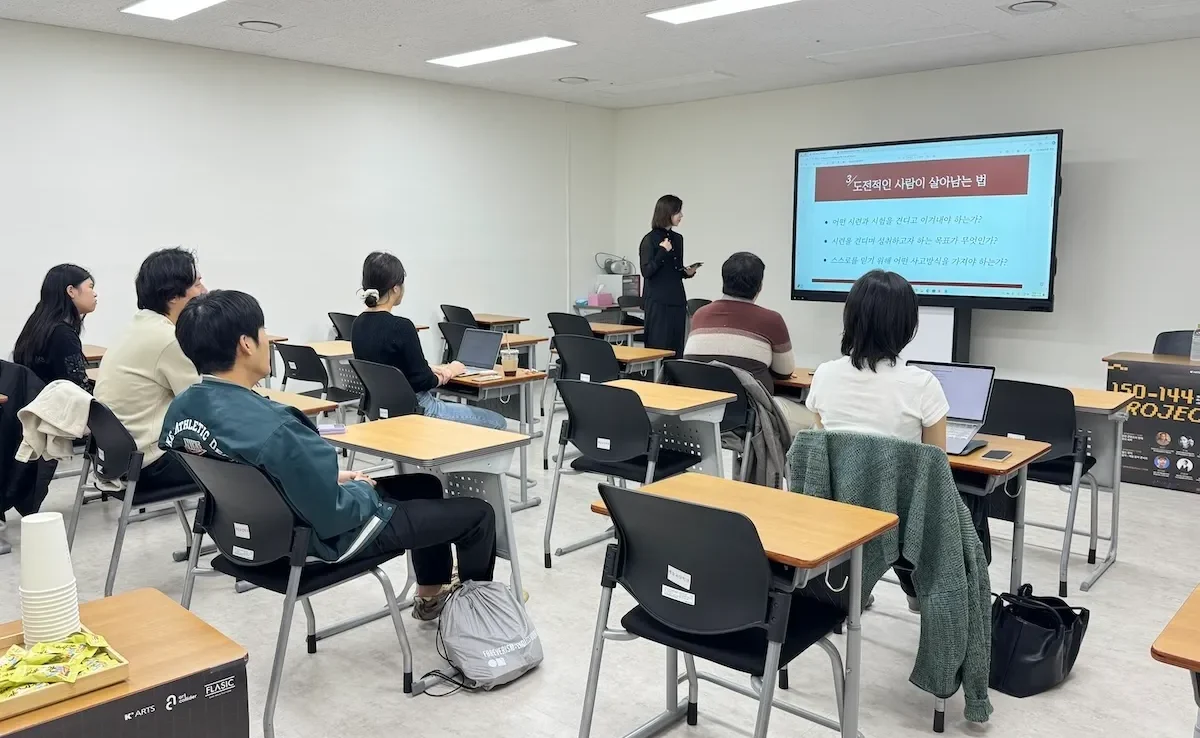
Conductor Jin Sol who participated as a lecturer in the first week of the workshop
The second week delved deeper into musical techniques. Multi-instrumentalist Byung-Ho Kwon, who is proficient in over 30 instruments, shared his expertise on multi-layered performance techniques in game music. The week also featured composer and arranger Doa Pyeon, a resident artist at FLASIC, who has contributed to the soundtracks of hit games such as Lineage, KartRider, and Modoo Marble. The focus was entirely on music composition and arrangement.
The final week brought everything together with a hands-on recording session. Students had the rare opportunity to record and produce game music pieces at K-Arts’ recording studio, with the FLASIC Symphony Orchestra bringing the scores to life. The same game soundtracks that players had long experienced through their screens now took on new depth and energy in a live orchestral setting.
Reflecting the workshop’s emphasis on artistic fusion, participants came from a variety of backgrounds. Among them were students specializing in Korean traditional music, instrumental performance, bassists from rock bands, and even singer. “We opened the workshop to both K-Arts students and external applicants, leading to a naturally diverse participant pool,” Jeong explains. “Since we carefully selected only the most passionate students, we had a 100% completion rate—everyone saw the program through from start to finish.”

Lecturer Byung-Ho Kwon(left) who is giving a special lecture on how to play multi-sound music
in the second week of the workshop
| Performing the Past While Shaping the Future of Music Education
For K-Arts’ Art Collider Lab, which explores digital transformation and interdisciplinary arts education, the School of Music had long felt like an impenetrable fortress. This is largely due to the nature of classical music—its quality is often measured by how faithfully it preserves the past. While this deep-rooted tradition brings undeniable beauty, it can also make the field resistant to change. Unlike other disciplines such as fine arts or film, which rapidly adapt to emerging technologies, classical music has struggled to keep pace.
“Finding ways to respect classical music’s traditions while introducing interdisciplinary approaches is no easy task,” Jeong admits.
Yet, the need for fusion is undeniable. Even for a genre as complete as classical music, remaining anchored solely in the past is no longer sustainable. Beyond expanding artistic expression and reaching new audiences, interdisciplinary approaches are also vital in securing the economic future of musicians.
“When I asked visiting lecturers about students’ biggest concerns these days, they all said ‘stocks.’ It was a joke, but it reveals something real—making a living as a musician isn’t easy. That’s why I wanted to explore business-oriented approaches through fusion. That’s why choosing ‘game music’ as our first theme was a deliberate choice.”

Researcher Soon-Young Jeong(photo) said, “We considered the convergence value of game music and the industrial merits”
The broader music industry is already embracing interdisciplinary projects. Classical concerts now frequently incorporate elements of pop culture and crossover collaborations. Experimental projects combining music with dance, media art, and literature are becoming more common. Some orchestras are experimenting with virtual and augmented reality, while AI-assisted composition is gaining traction.
For Art Collider Lab, this is just the beginning. Building on the success of this workshop, K-Arts plans to create more platforms where the School of Music can actively engage in interdisciplinary experiments. The ultimate goal is not just innovation but also deepening the emotional and artistic impact of classical music itself.
“Imagine only playing 12 of the 88 keys on a piano—not because you have to, but because you choose to. The experience is completely different from never knowing the remaining keys exist. The more artistic experiences and influences you absorb, the richer your expression becomes. That’s the true power of fusion.”(Soon-Young Jeong)
/ written by TJ

